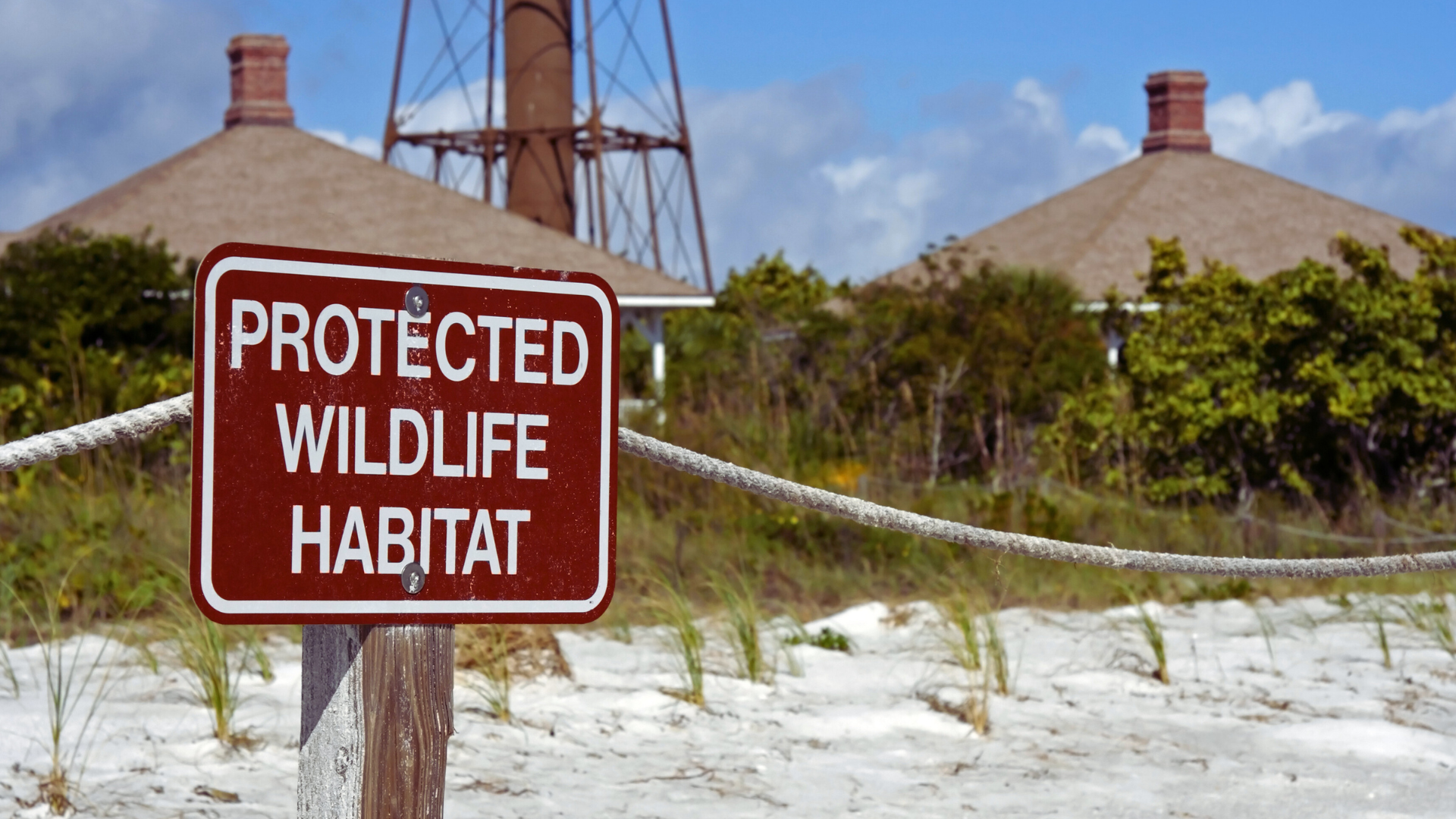
The loss of natural habitats poses a significant threat to wildlife around the world. When habitats are destroyed or altered, it disrupts ecosystems, leading to declines in biodiversity and threatening the survival of various species. The effects are profound, often resulting in increased competition for dwindling resources and making it more challenging for animals to find food, shelter, and mates.
As human activities expand, the delicate balance of nature is disrupted. Urban development, agriculture, and climate change contribute to the fragmentation of habitats, isolating populations and reducing genetic diversity. This isolation can have severe consequences, including vulnerability to disease and extinction.
Understanding the impact of habitat loss on wildlife is crucial for conservation efforts. By recognising the intricacies of these relationships, solutions can be developed to protect both flora and fauna in their native environments.
The Consequences of Habitat Loss
Habitat loss significantly impacts wildlife and ecosystems, leading to several critical consequences. The decline in natural spaces disrupts animal populations, increases extinction rates, and diminishes ecosystem services essential for human survival.
Accelerated Extinction Rates
As habitats are destroyed or fragmented, many species face increased risks of extinction. The International Union for Conservation of Nature (IUCN) notes that habitat degradation contributes to the endangerment of over 80% of threatened species. This loss creates a vicious cycle, as smaller populations are less viable due to reduced genetic diversity, making them more susceptible to disease and environmental changes.
Furthermore, species that rely on specific habitats, such as wetlands or forests, experience catastrophic declines. For example, the loss of rainforests not only threatens species like the orangutan but also results in the collapse of entire ecosystems. Immediate action is necessary to address these high extinction rates by preserving existing habitats and restoring degraded areas.
Reduction in Biodiversity
Habitat loss leads to a marked reduction in biodiversity, which is vital for healthy ecosystems. Biodiversity provides resilience against environmental changes and supports the stability of food webs. When habitats are lost, species that share ecological niches may disappear, leaving a void that can disrupt the balance of nature.
For instance, the decline in pollinator species due to habitat fragmentation affects plant reproduction, leading to fewer food sources for other wildlife. Research shows that regions with rich biodiversity can recover more quickly from environmental disturbances. Therefore, protecting diverse habitats is crucial for maintaining ecosystem integrity and supporting wildlife populations.
Decline of Ecosystem Services
Natural ecosystems offer essential services, including clean water, air purification, and carbon sequestration. Habitat loss directly impacts these services, threatening human well-being. For example, wetlands that are drained for agriculture lead to increased flooding and diminished water quality.
Additionally, deforestation can release stored carbon dioxide into the atmosphere, exacerbating climate change. The loss of biodiversity also means fewer species are available to provide these services. The economic implications are significant, as reduced ecosystem services can lead to increased costs for water treatment, disaster recovery, and habitat restoration efforts. Prioritising habitat preservation ensures the continued availability of these critical services.
Primary Drivers of Habitat Destruction
Habitat destruction occurs primarily through human activities, which lead to urban expansion, agricultural practices, and environmental changes. These actions significantly contribute to habitat degradation and fragmentation, affecting wildlife populations globally.
Deforestation and Agriculture
Deforestation is one of the most significant contributors to habitat loss. It often results from agricultural expansion, where forests are cleared to make way for crops and livestock. This process not only removes trees but also disrupts ecosystems, fragmenting habitats and isolating wildlife populations.
In regions such as the Amazon, large-scale monoculture farming, like soy or palm oil, exacerbates biodiversity loss. The use of chemicals in agriculture further contaminates soil and water, impacting the organisms that rely on these habitats. Conservation methods, such as sustainable farming practices, are crucial to mitigate these effects.
Urban Expansion and Mining Activities
Urban expansion significantly alters landscapes, leading to habitat fragmentation that can isolate wildlife populations. Cities expand rapidly, often encroaching on natural areas, diminishing green spaces, and increasing road networks. These changes can disrupt animal migration patterns and reduce the availability of foraging grounds.
Mining activities further compound habitat destruction. The need for minerals and fossil fuels leads to extensive land clearance. The associated pollution can degrade surrounding habitats, making them uninhabitable for many species. Restoration efforts post-mining are essential but often insufficient to recover lost biodiversity.
Climate Change and Invasive Species
Climate change poses an increasing threat to habitats through shifting weather patterns, rising temperatures, and altered ecosystems. Species are forced to adapt or relocate, leading to potential mismatches in food availability and reproduction timing. This can result in population declines for many wildlife species.
Additionally, invasive species, often introduced through human activity, can outcompete local flora and fauna. They may alter habitat structures and nutrient cycles, further destabilising ecosystems. Addressing both climate change and the spread of invasive species is vital to maintaining habitats and protecting wildlife diversity.
Impact on Specific Regions and Species
Habitat loss significantly impacts wildlife across various regions, particularly in Latin America and the Caribbean, leading to adverse effects on specific species. Key challenges include the displacement of top predators and keystone species, as well as changes in microclimates that affect local fauna.
Latin America and the Caribbean
In Latin America and the Caribbean, deforestation and urbanisation have devastating effects on biodiversity. Tropical forests are home to countless species, yet they are being cleared at an alarming rate. The Amazon rainforest, for instance, faces severe habitat destruction, which threatens endemic species like jaguars and Amazonian manatees.
As these habitats disappear, many species struggle to adapt to shifting environments. The loss of biodiversity can lead to ecosystem imbalances as species that rely on specific habitats for food and shelter become endangered. This region’s unique ecosystems require urgent conservation efforts.
Loss of Top Predators and Keystone Species
The decline of top predators, such as pumas and sea turtles, disrupts ecological balance. These keystone species play a crucial role in maintaining populations of other species and the health of their habitats. Their absence leads to the overpopulation of certain species, resulting in further imbalance.
As top predators disappear, smaller predators may fill the void, often exacerbating the problem. For example, in areas where large cats are extinct, small mammal populations may explode, which can harm vegetation and other species reliant on those plants. This cascade effect has profound implications for ecosystem integrity.
Effects on Microclimates and Localised Fauna
Habitat loss alters local microclimates, impacting flora and fauna. Forests regulate temperature and humidity levels, creating stable environments for various species. When these forests are removed, the resulting changes can make survival more challenging for numerous organisms.
Species such as frogs and insects are particularly sensitive to microclimate variations. As their habitats change, they face increased vulnerability to predators and competition, jeopardising their populations. Conservation efforts must account for these microclimate effects to ensure the survival of local fauna and maintain ecological balance.
Conservation Strategies and Restoration Efforts
Effective conservation strategies and restoration efforts are crucial for mitigating the negative impact of habitat loss on wildlife. Through international agreements, habitat management, and species protection, these approaches aim to restore ecosystems and support biodiversity.
Implementing the Convention on Biological Diversity
The Convention on Biological Diversity (CBD) is a critical framework for local and global conservation efforts. Its objectives include the conservation of biological diversity, sustainable use of its components, and fair sharing of benefits arising from genetic resources.
Countries commit to establishing protected areas, promoting sustainable practices, and restoring degraded habitats. Through these actions, the CBD encourages nations to cooperate on biodiversity issues, sharing knowledge and resources to enhance conservation outcomes. Regular reporting and assessment help monitor progress and adjust strategies as necessary.
Creating Habitat Patches and Corridors
Establishing habitat patches and corridors is essential for connecting fragmented ecosystems. These areas provide wildlife with necessary resources, fostering genetic diversity and reducing edge effects, where different environments meet.
Habitat corridors can help species migrate in response to climate change and habitat changes. Strategic planning is vital to designing effective networks that support various species’ needs.
Community involvement is crucial in identifying areas for restoration and in maintaining these habitats. By engaging local residents, conservationists can promote stewardship and raise awareness of the importance of maintaining ecological integrity.
Safeguarding Endangered Species and Food Production
Safeguarding endangered species is vital to preserving biodiversity and maintaining ecosystem functions. Conservation efforts often involve breeding programmes, habitat restoration, and legal protection to support vulnerable populations.
Food production must also be considered in these strategies to ensure long-term sustainability. Integrating wildlife conservation with agricultural practices, such as agroforestry and organic farming, reduces negative impacts on ecosystems.
Cross-sector collaboration can help balance food security and biodiversity conservation. By investing in sustainable agricultural methods, stakeholders can foster coexistence between wildlife and farming communities, ultimately benefiting both.
